Why quality matters – a walkthrough of the SafeLine production
The demand for high quality lift safety equipment is without a doubt still growing. But how does the SafeLine crew ensure that high quality – and how does it help you on your journey towards modern lift safety? Join us on a tour of the SafeLine production plant where all SafeLine’s products are manufactured.It’s easy to see, once on site, what the Swedish company’s impeccable reputation in the lift safety business stems from. The dedicated staff and the repeated investments done at SafeLine’s production plant – not far from downtown Stockholm, where all SafeLine products are designed and built from scratch – has made SafeLine the supplier of the most reliable lift electronics on the market.
But how does production keep up with growing demands and an increased production rate? To give us insight on this, we had a chat with the head of Printed Circuit Board Production, Mattias Rosenström.
The key, according to Mattias, is being very meticulous when it comes to the steps in assuring a quality build – from start to finish. With two Surface Mount Technology lines, SafeLine has a capacity of placing 100 000 components per hour (at the time of writing at least, it’s a steadily growing number), requiring thorough inspection routines. One such big quality inspection step, is the 3D Automatic Optical Inspection (AOI) machine, able to detect height differences on the components and soldering with an accuracy of +/- 3 µm (microns). 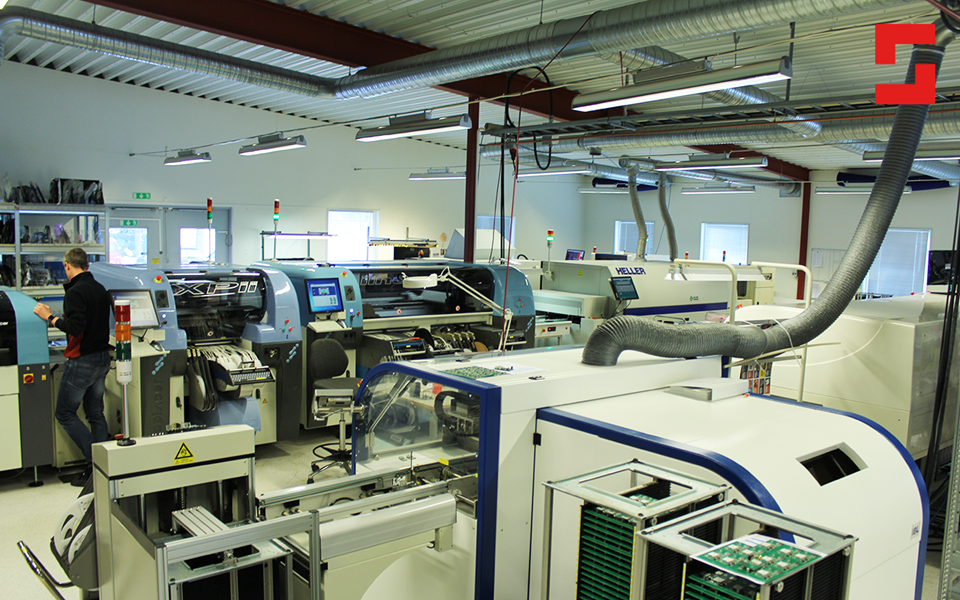
– The machine uses high-resolution cameras and different lightings to automatically inspect every single lead and soldering on the board to make sure everything is soldered properly. It could be anything from enough solder on the leads, that no component is missing, shifted or damaged, or that there is no foreign object present etc.
SafeLine has invested heavily in these quality inspections over the last years. For newer technological components, that have hidden soldering underneath their housings, an X-Ray inspection machine was acquired. This means noticing soldering not visible by camera or by the naked eye, to see through the components and even inspect the inside of them, something that has taken the quality, process and component evaluation to a top level.
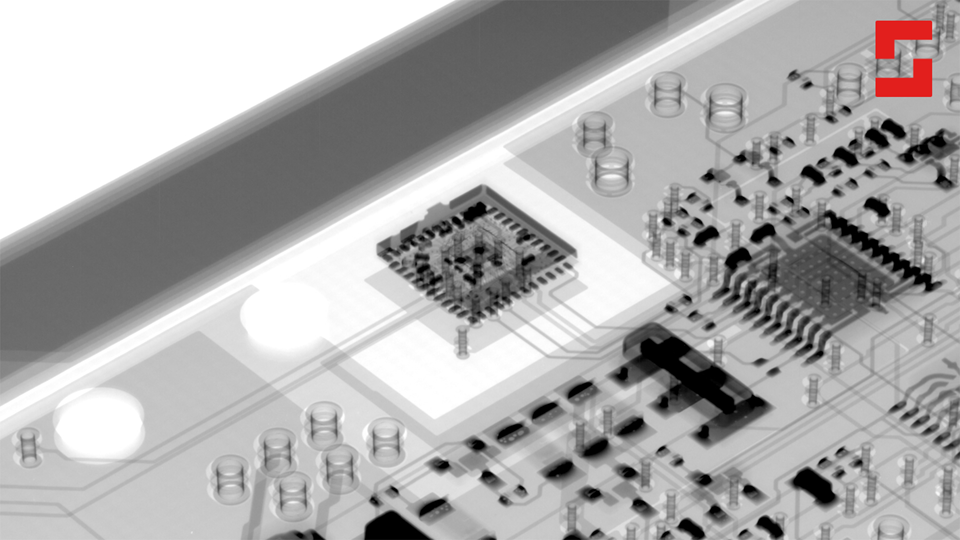
After these regular inspectional steps, after finalising assembly and further ensuring quality, every single board is tested by the test department.
– We use an in-house developed computerized testing system that tests the boards and components electrically as well as simulates the working conditions for when the product is installed in a lift shaft. So, we know for sure it works – 100% – when a product leaves our final assembly and is shipped to the customers.
– By investing this heavily in quality checks we ensure that our investments in top-notch assembly equipment pays off for our customers. In other words: it guarantees them a working product, not only on arrival, but a product that lasts.
All of these steps guarantee a high build quality, but why should lift installers care about such quality? Mattias Rosenström thinks the main reasons lie in the economics.
– Cheap electronics are simply way more expensive to install and also to maintain in the long run. A lift technician on site is close to 100 € per hour, if not more, in most Western European countries. It’s easy to see that a simple installation with products that never cease to function can be very profitable. Of course, there is also the safety aspect. Lift emergency communication should always be in good condition to do its job when it’s really needed, making SafeLine the favourable brand for lift companies as well as for emergency call centre operators.
News
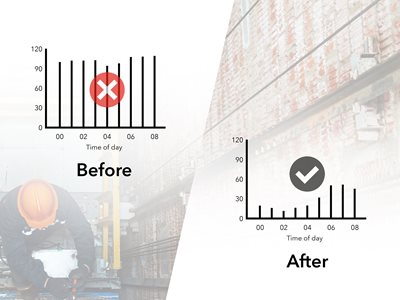 2023-10-11
2023-10-11
SafeLine LYRA discovery slashed lift maintenance expenses by 20%
Lift left in permanent demo mode since installation discovered thanks to SafeLine LYRA – believed to have extended years of the lift lifespan and drastically reducing maintenance costs. "If LYRA had already been installed on the lift when the mistake was made, this would have been detected immediately."
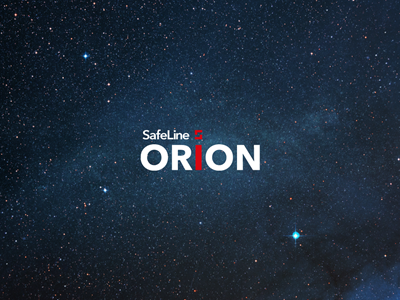 2023-03-23
2023-03-23
Let lifts come to you – SafeLine launches ORION & LYRA 🚀
Launching now: SafeLine’s digital platform and innovative hardware for remote monitoring – making digital modernisations accessible for all lifts without replacing anything in the existing installation.
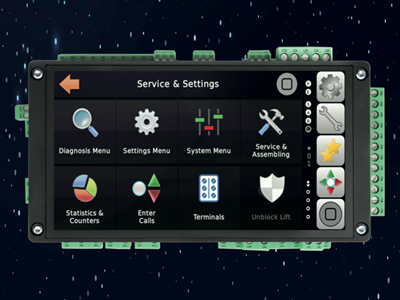 2023-03-14
2023-03-14
SafeLine NOVA – a new touch-based experience
Launching now: the next-generation of the CANopen-Lift touch controller from SafeLine.



